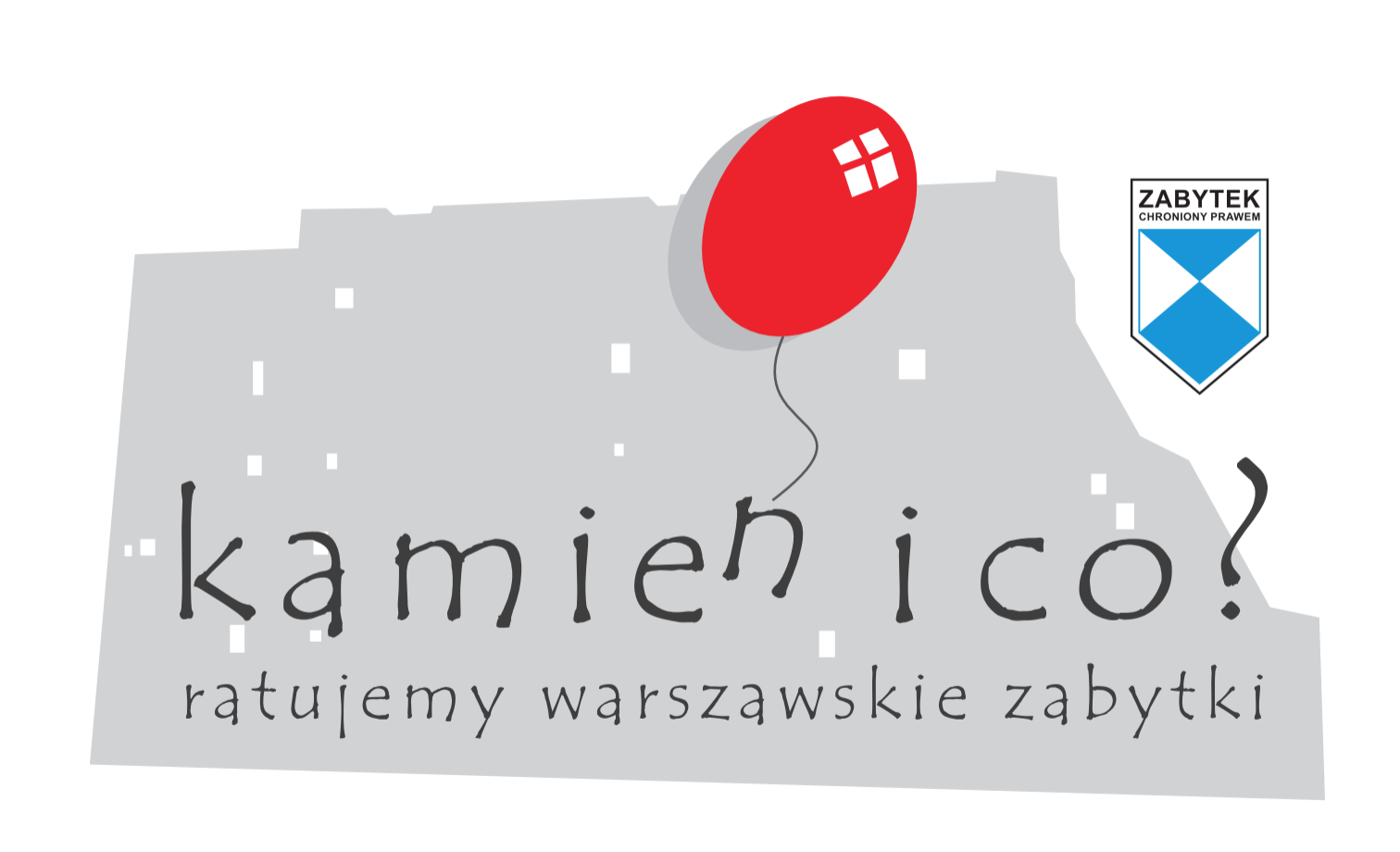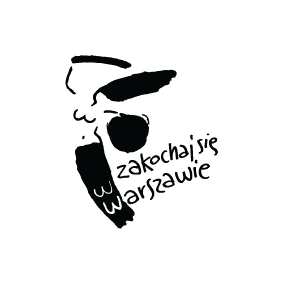

"Elysium" and "Great Revue" Theatres
18 Karowa Street
Theatre aficionados associate this place with the legendary staging of "Dybbuk" by Szymon Ansky, performed by the Vilnius Troupe, which attracted crowds from the northern district of Warsaw. Then, in the same place, one could watch Andrzej Włast's revues, directed with truly Parisian panache. Mieczysław Weinberg and his father Shmuel played at the "Elysium" on Karowa Street.
One Picture Gallery
The “Elysium” theatre was set up in an 1897 building, whose main purpose was to present a masterpiece that is still considered to be the largest religious painting in the world –“Crucifixion” painted by Jan Styka. In the 19th century, panoramas were very much in vogue – huge paintings supplemented with appropriate staffage (a specially arranged area between the canvas and the platform for the audience) in such a way that visitors had the impression of participating in the painted events.
Styka's painting was so enormous that a new exhibition building had to be built to house it, as it wouldn't fit anywhere in Warsaw. This is how the rotunda on Karowa Street was erected at the back of the Bristol Hotel, which still exists today. The unusual building designed by Karol Kozłowski was a hexagon structure with a diameter of 40 meters, and a height of 42 meters. It consisted of two floors, and its windowless façade was decorated with sculptures by Leopold Wasilkowski and Jan Woydyga.
Today, there is no trace left of the 1898 rotunda on Karowa Street: the building was destroyed during the bombing of Warsaw in September 1939. Today, new houses can be seen in this area, at Karowa 14/16, 18, and 18a.
Theatre and a Roller Rink Rolled into One
The design of the pavilion encouraged architects to transform it into an event hall, especially since the lower floor was not being used as an exhibition space. By 1904, the “Elysium” Theatre was set up there with an auditorium of about 550 seats. Four years later, Abraham Kamiński's Jewish theatre ensemble began to perform on Karowa Street. However, the owners were also looking for other business ideas. Inside the rotunda, a roller rink was set up, and shortly before World War I – a cinema: first called "Elysium–Palais d'Illusion", and then renamed "Panorama”. The fashion for panoramas passed and moving pictures have taken the place of monumental, yet static paintings. It was not very clear what to do with the buildings that remained.

“Elysium” in the interwar period
In the 1920s, the theatre on Karowa Street saw mainly productions by various Jewish bands. Some of them featured Shmuel, who performed on the stage since his arrival in Warsaw.
After World War I, there were two theatre halls on Karowa Street. The "Dybbuk" was staged in one of them. The tremendous success of the Warsaw performance by the Vilnius Troupe made Anski's play a triumph. It was played in Poland and abroad in Yiddish theatres, as well as translated into other languages. Even before World War II, the play was adapted for the silver screen. Music from "Dybbuk" became very popular, for example in Shmuel Weinberg’s interpretation, available on Syrena Records discs (catalog number 5120).
In the next decade, both theatre halls offered mostly repertoire in Polish, including musicals and cabarets. Moreover, at the beginning of the 1930s, an expensive renovation of the rotunda was carried out to combine the existing rooms into one theatre space with an auditorium of 1,700 seats and a stage larger than the one in the Grand Theatre. The theatre was supposed to be owned by the Association of Polish Stage Artists, but it closed in 1932, due to debt.
All this Fuss and Lack of Liquidity
The colossal building was difficult to heat, and the audience often watched the performances bundled up in coats, especially in the Autumn/Winter season. The costs of theatre production were exorbitant. This, however, did not discourage Andrzej Włast, who opened and closed his subsequent theatres on Karowa Street quite regularly in the 1930s – as an artistic director and specialist in producing his Parisian-style revues. Apart from the name of his theatrical undertaking, which was regularly changed from the "Great Revue" to the "Great Operetta" and back, little did change.
Andrzej Włast's idea for the revue consisted in hiring the biggest theatre stars, the best songwriters (Julian Tuwim), along with talented and trusty musicians. His productions included, among others: Fryderyk Járosy, Adolf Dymsza, Konrad Tom, Zula Pogorzelska, Eugeniusz Bodo, Stefcia Górska, Loda Halama, The "Dana" Choir, and the teenaged Mieczysław Weinberg. The composer mentioned that he worked in the "Great Revue" as a pianist, author, and arranger of music, although unfortunately, he failed to provide the titles of the performances. The last "Great Revue" operated until the beginning of 1939.








